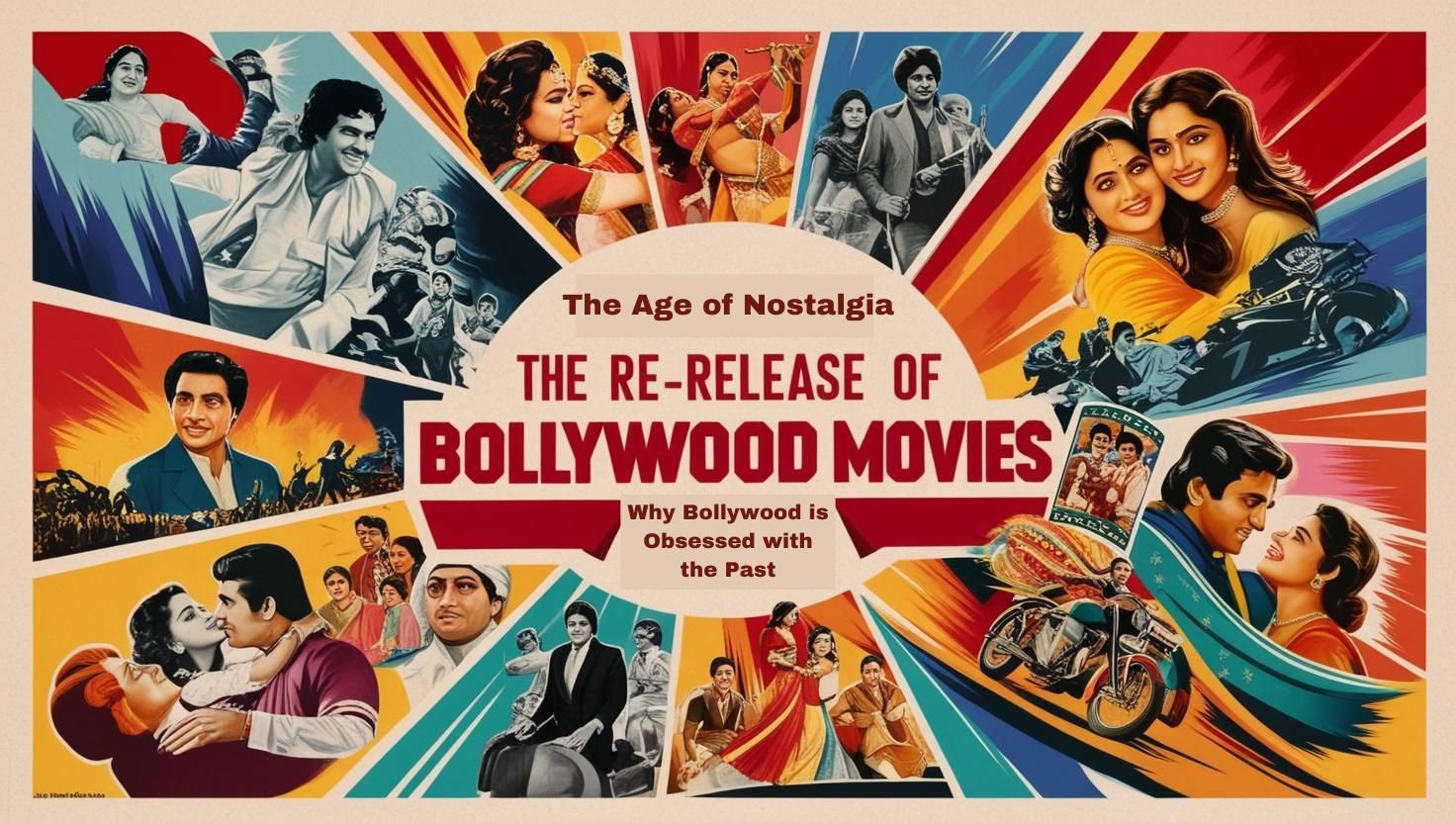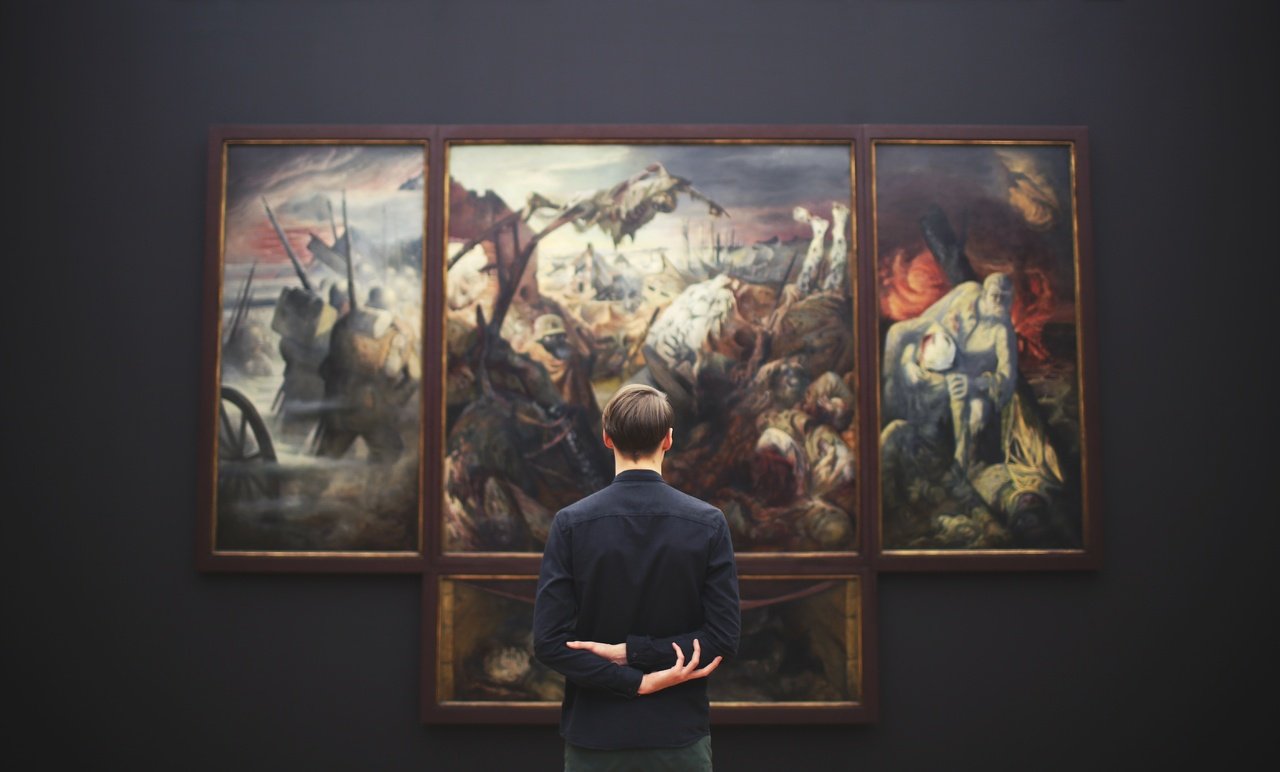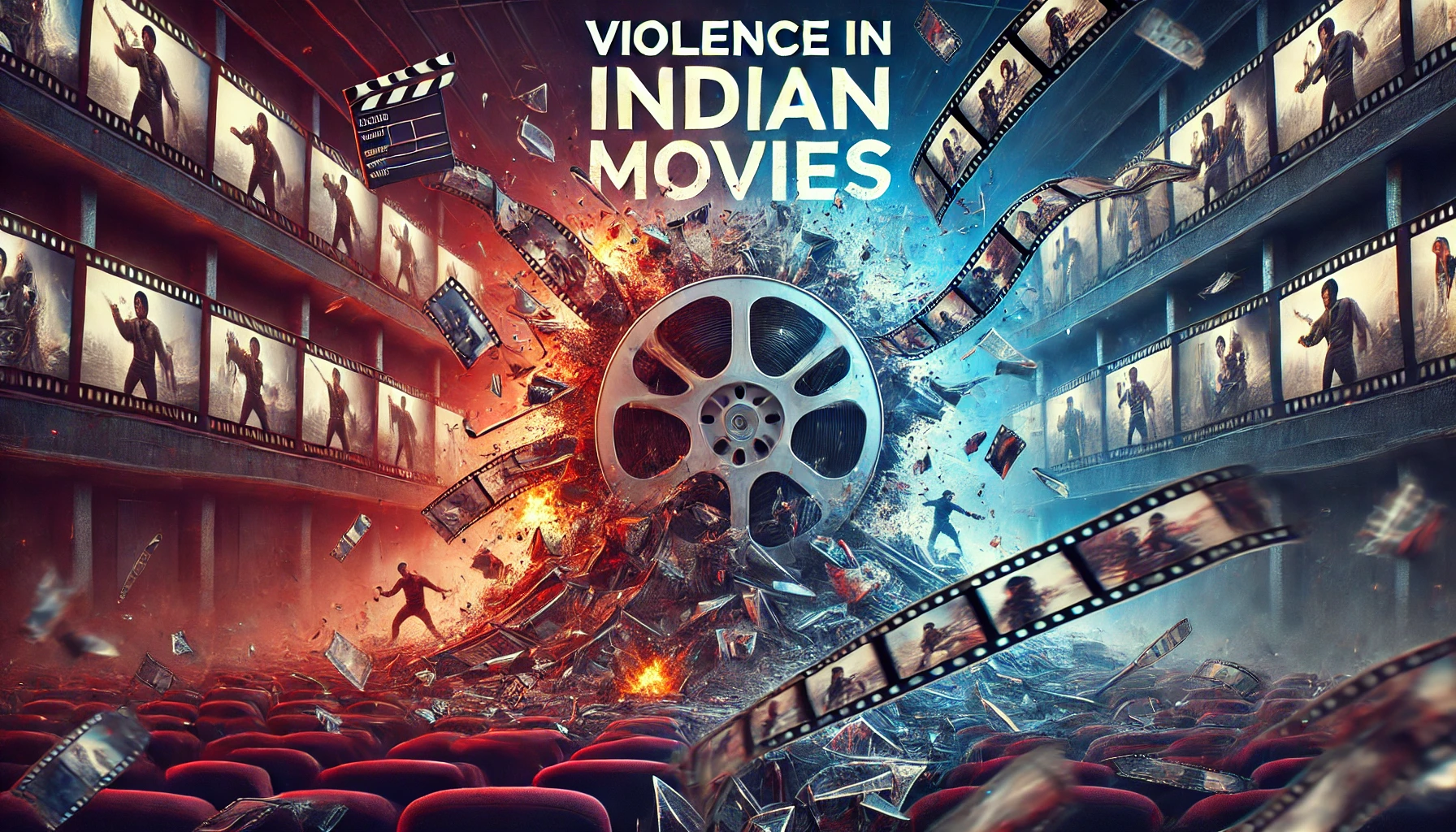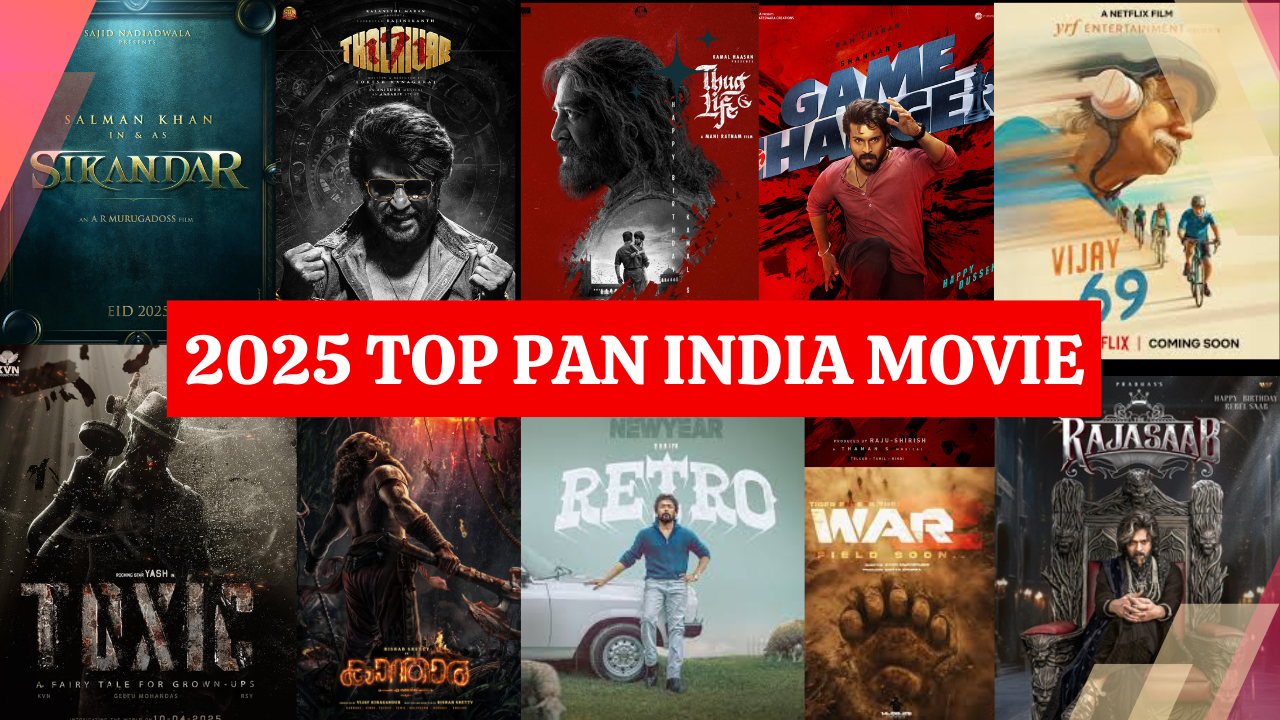Published – Anushka Dighe
Synopsis:
1. Examines global nostalgia in films, fashion, tech, and music.
2. Analyzes social, psychological, and economic drivers.
3. Explores downsides like resistance to change and idealized histories.
Introduction
Nostalgia is a compelling force that influences consumer behavior, shapes cultural trends, and drives artistic expression worldwide. In Bollywood, this phenomenon manifests in diverse ways, from re-releasing iconic films to reviving retro fashion, music, and digital content celebrating the past. As audiences increasingly seek solace in familiar narratives and aesthetics, understanding the psychological, social, and economic underpinnings of this nostalgia becomes crucial.
Bollywood’s Second Run: The Trend of Re-Releasing Films
Bollywood, India’s prolific film industry, has recently witnessed a notable trend—the re-release of classic and iconic films. This phenomenon has fans flocking to theaters, offering a nostalgic cinematic experience while simultaneously revealing intriguing financial motivations behind the practice. From cult favorites like Yeh Jawaani Hai Deewani to cinematic gems such as Tumbbad and Gangs of Wasseypur, the revival of these films speaks to changing audience preferences and innovative marketing strategies.
Nostalgia: The Driving Force
One of the primary reasons behind this resurgence is the power of nostalgia. Today’s audiences, especially millennials and Gen Z, cherish the opportunity to relive the magic of movies they grew up watching or hearing about. Classics such as Maine Pyar Kiya (1989) and Hum Aapke Hain Koun (1994) defined an era of Bollywood romance and family drama. Their re-release allows younger audiences to experience these films on the big screen for the first time, creating an intergenerational connection.
Similarly, films like Jab We Met (2007) and Zindagi Na Milegi Dobara (2011) evoke cherished memories of simpler times. The re-release of these titles taps into collective sentiments, making movie-watching a shared celebration of nostalgia.
Financial Viability and Business Strategy
Re-releasing films offers Bollywood production houses a financially viable opportunity for several reasons. Firstly, the costs of re-releasing a film are considerably lower than producing a new one. Digital restoration, enhanced sound, and updated marketing strategies can revive a film at a fraction of its original budget. Secondly, these movies come with a tested audience appeal, as they already have an established fan base. Films like Chak De! India (2007) and Rockstar (2011) have proven their worth, ensuring their re-release carries minimal risk. Additionally, special screening events, such as limited-edition screenings or festival re-releases, create exclusivity and often lead to sold-out shows. For example, Tumbbad (2018), known for its atmospheric storytelling, has found renewed success during film festivals and special horror marathons. Lastly, cross-platform promotions amplify the benefits of re-releases. The trend often coincides with digital or television premieres, leveraging multiple revenue streams. A theatrical re-release can reignite interest and drive viewership on OTT platforms.
Films That Paved the Way
A growing list of films has found success with second runs, capitalizing on this trend:
• Yeh Jawaani Hai Deewani (2013): This coming-of-age romantic drama remains a favorite for its exploration of friendships, love, and youthful dreams. Its re-release brought audiences back to theaters to relive Bunny and Naina’s journey.
• Gangs of Wasseypur (2012): An epic saga of crime and revenge, the film’s gritty storytelling found a cult following. Its re-release attracted both longtime fans and new viewers eager to experience its brilliance on the big screen.
• Rehnaa Hai Terre Dil Mein (2001): The love story of Maddy and Reena gained a second life, especially among those who discovered its charm years after its initial release.
• Laila Majnu (2018): This modern retelling of the classic love story struck an emotional chord with audiences, and its re-release gave it the attention it deserved.
• Zindagi Na Milegi Dobara (2011): A tale of friendship and self-discovery, the movie’s re-release offered a perfect escape, especially in the post-pandemic era when the audience craved inspiring narratives.
• Chak De! India (2007): This inspirational sports drama’s themes of teamwork and perseverance resonated anew, making it a fitting choice for re-release.
• Hum Aapke Hain Koun (1994): A timeless family entertainer, its re-release proved the enduring appeal of traditional Indian values and grand celebrations.
• Maine Pyar Kiya (1989): This iconic romantic drama made audiences relive Salman Khan’s breakout role and the unforgettable love story of Prem and Suman.
• Tumbbad (2018): With its unique narrative and stunning visuals, Tumbbad gained greater recognition upon re-release, solidifying its place as a modern classic.
Changing Viewer Preferences
The re-release trend also reflects a shift in how audiences engage with cinema. With the rise of OTT platforms offering new content at an unprecedented pace, viewers are looking for unique experiences to justify a trip to the theater. Watching a classic film with enhanced visuals and sound in a communal setting fulfills this desire.
Moreover, special screenings—be it for Valentine’s Day with Jab We Met or Friendship Day with Zindagi Na Milegi Dobara—transform these movies into events rather than mere screenings. Such creative programming fosters a deeper emotional connection with the audience.

Retro Fashion and Cultural Aesthetics
Bollywood’s nostalgia extends beyond cinema screens to influence fashion and cultural aesthetics. Retro styles, evoking the glamour of bygone eras, are resurging on runways and in daily wear, reflecting a cultural embrace of vintage charm.
Fashion Trends
Bollywood’s iconic characters have long influenced fashion trends. The stylish ensembles of Poo from Kabhi Khushi Kabhie Gham and the breezy outfits of Dil Chahta Hai continue to inspire both designers and fans. This influence is further amplified by social media platforms like Instagram, which serve as virtual museums for nostalgic fashion. Accounts dedicated to Bollywood nostalgia curate and celebrate iconic looks, introducing them to younger generations and ensuring their enduring appeal.
Music Revivals: A Sonic Journey Through Time
Music remains another realm where Bollywood’s nostalgia thrives, with classic soundtracks and remixes resonating deeply across generations. Modern artists frequently remix or reinterpret classic Bollywood songs, bridging generational gaps and reintroducing timeless tunes to younger listeners. Additionally, songs from iconic films hold significant cultural value, evoking memories tied to life milestones such as weddings, festivals, or personal achievements, cementing their place in public consciousness.
The Role of Technology in Nostalgia
The digital age has revolutionized how nostalgia is experienced and shared, offering innovative ways to engage with the past. On platforms like TikTok and Instagram, creators remix classic Bollywood scenes into memes or videos, aligning them with contemporary themes. Iconic dialogues often gain new life as trending audio clips. Furthermore, documentaries and podcasts exploring Bollywood’s golden era or dissecting classic films have gained popularity, fostering deeper engagement with nostalgia and encouraging community discussions.
Cultural Shifts Fueling Nostalgia
Broader societal changes have also contributed to Bollywood’s obsession with nostalgia. In a world of modern uncertainty, nostalgia provides a comforting escape to seemingly simpler times. Simultaneously, a quest for authenticity amid digital dominance drives people to seek genuine connections to their roots, with nostalgia offering continuity in an era of rapid change. Moreover, nostalgia acts as a generational bridge, enabling older audiences to share their love for classics with younger viewers, fostering intergenerational bonding.
The Pitfalls of Nostalgia
While nostalgia offers comfort, it also comes with risks. An overreliance on nostalgia can stifle innovation, with creators prioritizing past successes over fresh narratives. Nostalgia often romanticizes the past, glossing over complexities or flaws and potentially distorting cultural narratives. Furthermore, the commercial exploitation of nostalgia may dilute its authenticity, reducing it to a mere marketing tool rather than a meaningful connection to the past.
The Resurgence of Bollywood Re-Releases: A Cinematic Revival
In recent years, Bollywood has seen a significant resurgence in the trend of re-releasing classic films. This phenomenon has been fueled by a blend of nostalgia, strategic timing, and financial pragmatism, offering both audiences and the industry a refreshing way to reconnect with the magic of cinema. At the heart of this revival lies a deep emotional connection. For older viewers, these re-releases evoke cherished memories and take them back to significant moments in their lives. Younger audiences, on the other hand, are eager to experience the iconic films they have heard so much about but never had the chance to watch on the big screen. This dual appeal creates a shared sense of nostalgia, uniting generations through the timeless stories and performances of Bollywood’s golden era.
From a business perspective, re-releases present a financially viable option for production houses and exhibitors. Unlike new films, which often require substantial investments in production and marketing, re-releases involve lower costs, primarily for digital restoration and focused promotional efforts. These films already boast established fan bases and proven track records, minimizing financial risks while maximizing audience interest. For cinema-goers, the affordability of re-released films further enhances their appeal. Tickets are often priced lower than those for new releases, making these screenings accessible to a wider audience while offering quality entertainment at a fraction of the cost.
The communal experience of watching films in theaters remains a powerful draw, even in an era dominated by streaming platforms. Re-releases create opportunities for families, friends, and fans to relive iconic moments together in a shared space, amplifying the emotional impact of the cinematic experience. Whether it’s introducing younger generations to classics or celebrating favorite films with loved ones, these screenings foster a sense of togetherness that streaming simply cannot replicate.
Strategic timing also plays a crucial role in the success of Bollywood re-releases. Many of these revivals coincide with significant cultural or commemorative events, transforming ordinary screenings into celebratory occasions. Iconic romantic films re-released on Valentine’s Day or friendship-themed movies screened on Friendship Day tap into the cultural zeitgeist, giving audiences a reason to return to theaters. This alignment between nostalgia and contemporary relevance ensures enthusiastic participation and reinvigorates interest in classic cinema.
Re-releasing old films also serves a larger purpose: preserving Bollywood’s rich cultural legacy. These timeless works not only entertain but also offer a glimpse into the values, aesthetics, and societal norms of their time. By bringing them back to theaters, the industry safeguards its heritage, ensuring that these stories and performances continue to inspire and resonate with future generations. The initiative acts as a bridge between eras, reminding audiences of the enduring power of great storytelling.
The trend also reflects the challenges facing contemporary Bollywood. In recent years, many new films have struggled at the box office, failing to strike a chord with audiences. Re-releases, with their established star power and enduring appeal, have emerged as a reliable alternative to draw viewers back to theaters. As audiences increasingly prioritize quality over novelty, classic films provide a comforting and familiar cinematic experience, reinvigorating interest in theatrical viewing.
Ultimately, the resurgence of Bollywood re-releases speaks to the timeless allure of cinema. It highlights how the magic of iconic films transcends generations, offering audiences a chance to relive cherished memories while introducing new fans to the treasures of the past. As this trend continues to grow, it not only celebrates the enduring legacy of Bollywood but also rekindles the unique charm of the silver screen, proving that great stories and unforgettable performances are truly eternal.
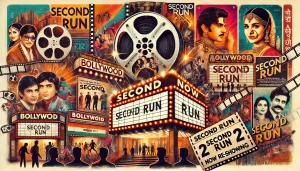
The Impact of Bollywood Re-Releases on Box Office Earnings
Bollywood re-releases have emerged as a significant factor in shaping box office dynamics, often influencing the performance of newly released films. This trend is driven by a complex interplay of competition, nostalgia, financial considerations, and strategic programming by cinemas. As re-releases gain momentum, their impact on the earnings of new films has become increasingly evident.
One of the primary reasons for this shift is the direct competition for audience attention. Classic films, with their established fan bases and enduring appeal, often overshadow new releases, particularly when the latter fail to resonate with viewers. When beloved titles return to theaters, they attract audiences seeking familiar and emotionally resonant narratives, effectively diverting attention and revenue away from contemporary offerings. This phenomenon was evident during the re-releases of critically acclaimed films like Tumbbad and Rockstar, which dominated box office collections during periods when newer films struggled to perform.
The saturation of the market and a limited supply of fresh content further amplify the prominence of re-releases. In recent years, there has been a noticeable decline in the number of new films hitting theaters, creating a vacuum that re-releases are perfectly positioned to fill. This trend was particularly pronounced in 2024, when re-released titles accounted for a significant share of box office revenue, outperforming many new films. For audiences, the scarcity of compelling new releases makes revisiting cherished classics an appealing alternative.
From a financial perspective, re-releases are a highly viable option for both production houses and theaters. Unlike new films, which require substantial investments in production and marketing, the costs associated with re-releases are significantly lower, as the majority of expenses were incurred during the original release. This allows cinemas and producers to generate higher profit margins with less risk. For instance, re-releasing a restored classic is far less expensive than producing a new film, making it an attractive proposition for stakeholders in the industry.
The demand for nostalgia also plays a critical role in the success of re-releases. Films like Jab We Met and Zindagi Na Milegi Dobara hold a special place in the hearts of audiences, evoking cherished memories and providing a sense of comfort during uncertain times. This emotional connection drives footfalls in theaters, often at the expense of newly released films. As audiences seek solace in familiar narratives, re-releases capitalize on their longing for the past, creating a strong pull that new films may struggle to match.
Cinemas have also contributed to the rise of re-releases through strategic programming. Recognizing periods of lower attendance for new films, theater chains often schedule classic films to maximize revenue during these lulls. For example, PVR Inox reported significant contributions to admissions from older films during times when new releases were scarce. By offering audiences an opportunity to relive iconic cinematic moments, cinemas ensure a steady flow of patrons, even in the absence of fresh content.
Marketing strategies surrounding re-releases further enhance their appeal. These films benefit from established brand recognition, making them an easier sell to audiences compared to new films that lack similar visibility or emotional resonance. Campaigns for re-released titles often lean heavily on nostalgia, creating event-like experiences that generate excitement and draw viewers back to theaters. This synergy between brand recall and marketing ensures that re-releases maintain a strong presence in the box office landscape.
The resurgence of Bollywood re-releases has undoubtedly disrupted the box office performance of new films. By capturing audience attention, filling gaps left by fewer new releases, and leveraging nostalgia, these re-releases have become a dominant force in the industry. As long as the appetite for revisiting classic films remains strong and the production of fresh content continues to lag, re-releases will play a pivotal role in shaping the financial and cultural dynamics of Bollywood’s box office.


